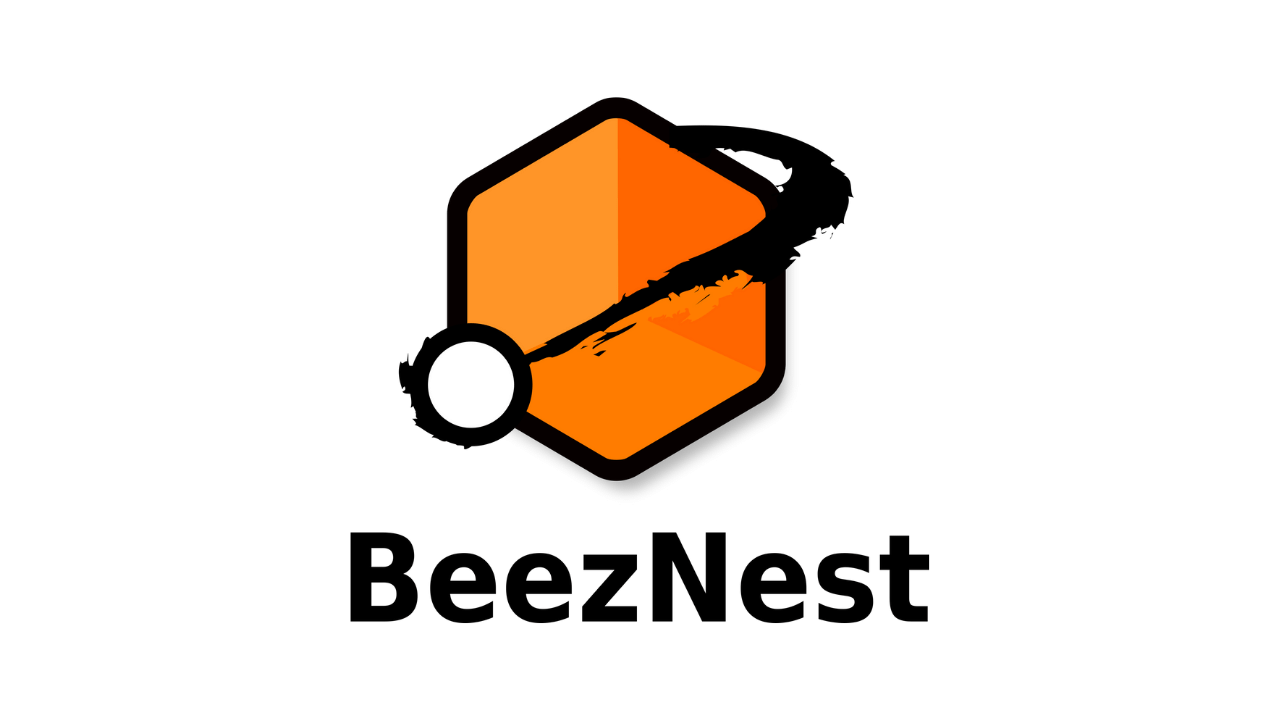The portability of recognition of online learning:
Although the open-badges, and the europass data is importable on some learning and career managing platforms, Users feedbacks spotted out difficulties to integrate them due to the technical requirements and format problems. If the data tracking-including badges-could be done automatically by the platform, that would allow users to enhance their learning and have a single space to manage their lifelong learning-whether formal or informal- in a digital environment.
This seems all the more possible since an algorithm capable of integrating several types of modalities and sources of learning has been developed as the designers declare: “Algorithm model blends users’ personalized information, including personal education background and learning style . ”(Li, 2019)
The potential of the an open-badges ecosystem has been identified by many expert in field among whom the M. Preia her colleagues who wrote “ A digital open badges ecosystem can potentially create a connected learning environment where skills, achievements and competencies are fully recognised and accredited in specifically resource-constrained environments so that, once community members have a digital identity, their paper-based badges can be replaced with digital badges which acknowledge their competency learning.” (Motheeram et al., 2018, p. 9). That new keen interested for the open-badges has surely something to do with the creation of the Europass. The initiative aimed to create an ecosystem in which european citizens could transfer and valorize their skills and competencies. The commission presented the initiative in the following words “The new European Commission initiative, EUROPASS Training, aims to assist and promote mobility within work-linked training by providing a voluntary Europe-wide means of recording periods of training outside the “home” member state in the form of a EUROPASS document. Like a European “record of achievement”, it will outline key skills and activities completed by trainees undertaking work experience and periods of training in Europe.” (« EUROPASS training », 2001).
At the local level some public institution have joined the movement. For instance, The University of Normandie has been using open badges to assess its students learnings since 2016 it has been extend, since then, to all the 30 000 of the university. (UNICAEN, s. d.)
Open badges a New Business or the economic implementation of open badges.
Today, no one can deny the fact that beyond formal learning, the valorisation and recognition digital and non-formal learnings is a key issue for learners particularly among adults. That may explain the emergence of open badges. The situation has also favored the development of a new industry: the Open Badge Business. In fact, every company or learning provider can have its own badge. A research with google using as keywords “open badges provider”(open badges provider—Google Search, s. d.) shows an endless list of site with the one open badge in the website name.
They generally the open badge providers offer many different plans from free to pro. The prices may vary from one company to another but are often comprises between 250 euros to 1500 euros per year.
Here are some example of open badge pricing:


(OpenBadges.me > Pricing, s. d.)
The open market market growth is just starting. Indeed, “The global digital badges market size is expected to grow from USD 83.3 million in 2018 to USD 205.6 million by 2023, at a Compound Annual Growth Rate (CAGR) of 19.8% during the forecast period.” (Digital Badges Market worth $205.6 million by 2023, s. d.). The growth of the open badges market is expected to be higher in the USA during the forecast period. That prevision is justified by the presence of big firms that are using open badges in their training plans” For instance, IBM has its digital badge program in partnership with Northeastern University, the US. Microsoft, Cisco, and Adobe issue badges or digitized “micro-credentials” for workplace accomplishments, such as competing in hackathons, publishing articles, teaching or mentoring, or completing formal credentialing or certification programs.” (Digital Badges Market worth $205.6 million by 2023, s. d.)
Here are some of the Major vendors covered in the digital badges market report include Credly (US), Accredible (US), Accreditrust (US), Badgecraft (Lithuania), Badgelist (US), Basno (US), Be Badges (Belgium), Bestr (Italy), Concentric Sky (US), Discendum (Finland), EbizON (India), Forall Systems (US), LearningTimes (US), Nocti Business Solutions (US), Portfolium (US), ProExam (US), and Youtopia (US).
(Digital Badges Market worth $205.6 million by 2023, s. d.)
Open badge as an economic booster for job seekers and working people.
“Higher education providers are producing more graduates than ever before, yet fewer than half of new graduates or employers believe that they are adequately prepared for entry-level positions.”(V & Ark, 2014). This is supposedly due, to the lack of skill signaling for the employers. In other words, the diploma doesn’t show what skills has been developed or acquired by the learner while the job market is skill-oriented. As such, open badges may be the solution since they assessed skills and pinpoint what the learner can do. Moreover, the employer can use the verified information gleaned from skill-based badges to identify qualified candidates and to communicate skill gaps to education providers. The feedback of the employers and the testimony of the learners associated with the tracking of the tracking of learning activities of the latter can help design a personalized learning pathway for any individual. The SYLK project is a pioneer in this attempt. Indeed, the team of the project intend to use the data mentioned right earlier and the concepts of tracking and machine learning to create a platform that will be able to recommend relevant and personalized learning pathways.
The other economic implementation of open badges is the gain of time. As goes the famous saying we find relevant here “ time is many”. Open badges help gain time so they help save many. In fact, when the employer/learner has already had a skill assessed, he doesn’t need the take a all certification training in which the already assessed skill is provided among others. Beside, he will only need to complete the training of the missing skills in a form of open badges. This means that, he will not pay for the skill that has been assessed previously so he saves many and time. It also means that his training will be faster and his chances to find a new position or a promotion will be greater and are like to happen in a shorter term.
Assessment Challenges:
It is important to identify the different actors involved in a open badge ecosystem and how each of them contribute to the assessment process and the validity of the skills and experiences assessed. Motheeram, Herselman, and Botha identified the badge issuer, the badge (badge metadata), the badge earner, the badging infrastructure (to facilitate the badging process), the badge displayer.
Though each of the entities mentioned above holds an important part in the recognition of the badges availability, the most important responsibility lies on the badging infrastructure.
How to verify an open-badges. The open-badge website proposed a set of actions for hiring companies to verify the validity of an open-badge thanks to the owner email address. (Developers Guide, s. d.)
- Validation that the badge is awarded to the expected email address of the Recipient: Badge verification tools can inform a Consumer whether a badge matches an expected Recipient, but it’s up to the Consumer to determine that the expected email address belongs to the person presenting the badge to them.
- Validation of expiration: Open Badges may have expiration dates, allowing organizations to issue badges for skills or authorizations which are only valid for a set period of time. Validators will check that a badge hasn’t expired.
- Validation of Structural validity: Badge metadata should be properly structured according to the Open Badges Specification, including relationships between components to detect integrity problems that may indicate foul play.
- Validation of Issuer identity: Open Badges contain profile information about the Issuer who awarded the credential, including contact information if additional questions arise. Good validators make it easy for Consumers to see the relevant information about the Issuer profile and the issuing platform, software, or service used by the Issuer.
- Validation of cryptographic integrity: For badges containing cryptographic signatures, these signatures are validated and information is displayed about the provided public key and relationship to the Issuer profile.
References:
http://silkc-project.website/en/2022/01/25/open-badges-and-their-financial-implementation/
DISCLAIMER: This project has been funded with support from the European Commission.
This publication [communication] reflects the views only of the author, and the Commission cannot be held responsible for any use which may be made of the information contained therein.


